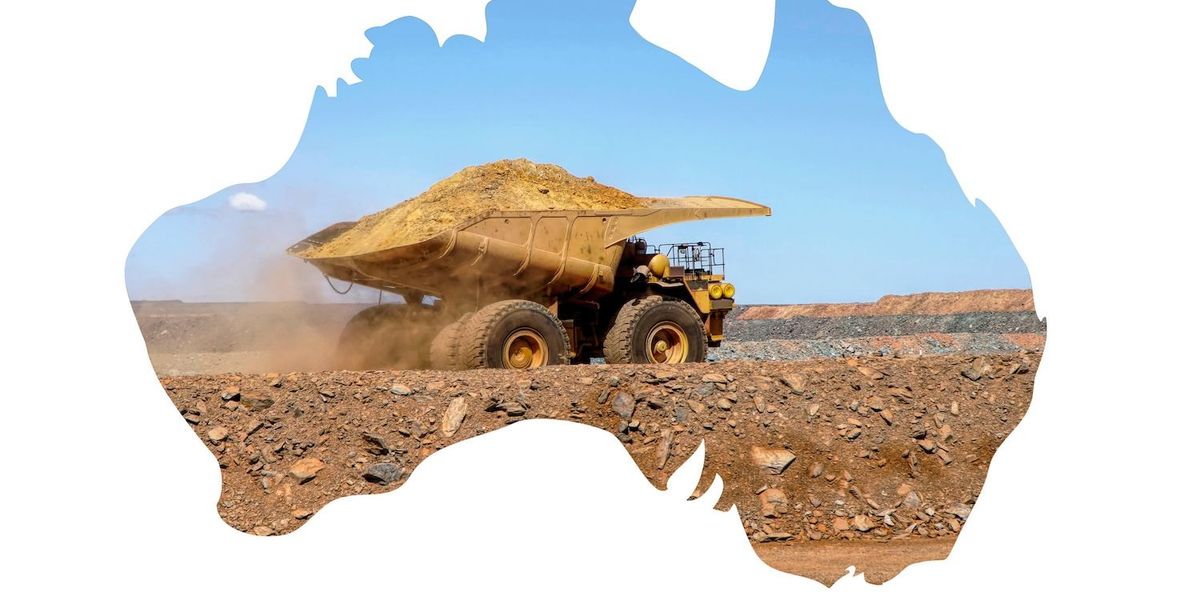Is Australia on the Brink of a New Mining Super Cycle?
Mining remains as a cornerstone of Australia’s GDP and export earnings, but current global challenges such as trade disputes and price changes may be straining its foundations.
A recent FocusEconomics report tackled Australia’s resource wealth, tracing from the gold rushes of the 1850s to the iron ore and coal booms of the 21st century.
Among the topics tackled in the report is the mining super cycle, asking whether Australia is on the verge of another one or if the current momentum is just a flicker in a more volatile global economy.
The super cycle debate: Real or hype?
The Corporate Finance Institute defines “super cycle” as a prolonged period of strong economic growth which can last years or even decades. More often than not, this is tied to higher commodity demand and prices due to modern shifts.
According to the report, Australia previously rode these waves, most notably during China’s infrastructure-fueled expansion in the early 2000s.
At present, critical minerals reports from the UN Trade and Development and IEA suggest that the global push for decarbonization could spark a new kind of super cycle, focusing on the likes of lithium, nickel, copper and cobalt.
These resources are often used for electric vehicles, renewable energy storage and digital technologies, aligning with technology and climate goals.
In the year leading up to October 2022, the value of committed mining and energy projects in Australia surged by 54 percent to AU$83 billion, prompting speculation that the country was entering a new boom phase. However, as Mining Magazine Australia reported in 2023, much of that investment, around 64 percent, was still directed toward gas and coal.
“Claims that Australia is on the verge of another mining boom are premature,” said Vivek Dhar, lead mining and energy commodities strategist at Commonwealth Bank. “The evidence does not yet point to the start of a ‘green’ mining super-cycle whereby significant investment is taking place in the commodities needed in the energy transition.”
High demand for energy transition metals is expected by 2030.
Gold still glitters
While lithium and rare earths dominate headlines, gold remains at the core of Australia’s mining economy. The country is home to the world’s largest known gold reserves, and according to the Minerals Council of Australia (MCA), gold exports generated AU$34.23 billion in revenue in the 2023–24 financial year.
Beyond its traditional role as a safe-haven asset, gold is increasingly vital in high-tech applications, even from electronics to medicine. The MCA said that the yellow metal’s low reactivity makes it safe for use in the human body, such as for coating pacemakers and stents.
In Australia, the gold sector alone directly employs around 26,000 Australians and supports another 55,000 indirectly.
Price-wise, gold hit an






